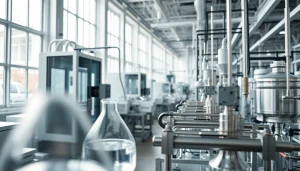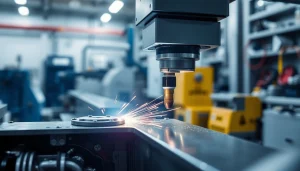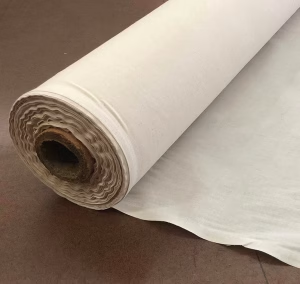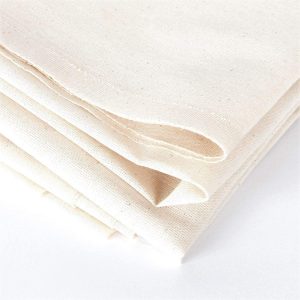Mastering Steel Structure Design: Best Practices and Techniques for Engineers
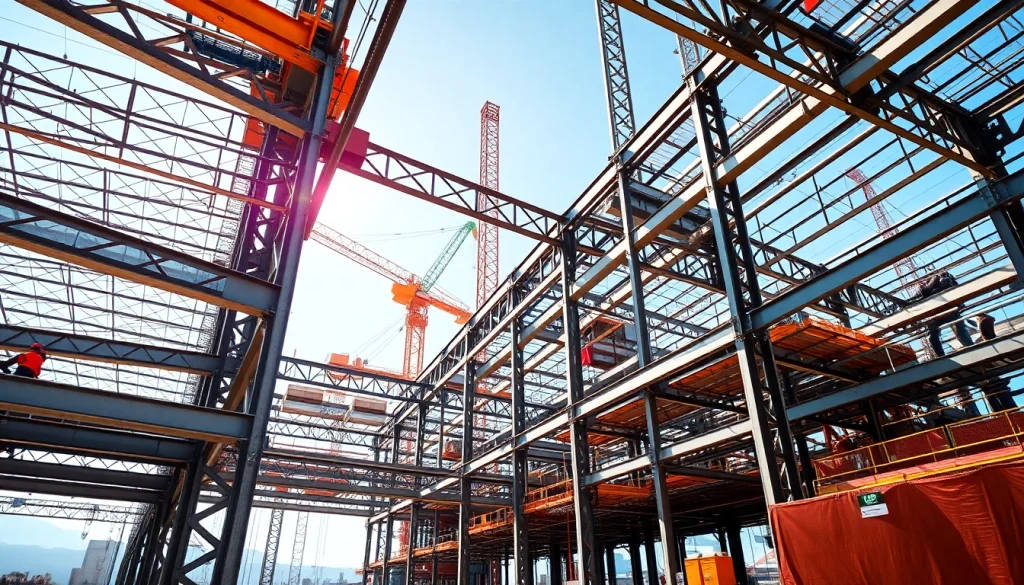
Understanding Steel Structure Design
Steel structure design is not just an engineering discipline; it is a comprehensive process that combines aesthetic appeal and functional capability to create structures that are not only durable but also efficient. The importance of mastering this field cannot be overstated, especially considering the growing demand for innovative construction solutions. This article provides an in-depth exploration of key principles, methodologies, and contemporary practices in the realm of steel structure design.
Key Principles of Steel Structure Design
At the heart of every successful steel structure design are several guiding principles that ensure safety, functionality, and sustainability. These principles include:
- Load-Bearing Considerations: Understanding the various loads a structure will be subjected to is critical. This includes dead loads (the weight of the structure itself), live loads (the weight of occupants and furniture), and environmental loads (such as wind, snow, and seismic activity).
- Material Efficiency: Selecting the right type of steel and optimizing its use can significantly affect both performance and cost. High-strength steels allow for reduced material usage without compromising safety.
- Construction Feasibility: Designs must take into account the practical aspects of construction, including ease of assembly and the availability of skilled labor.
- Sustainability: Modern steel structures should incorporate sustainable practices, from efficient energy use in construction to considerations for future adaptability.
Types of Steel Structures
Steel structures can vary widely in terms of design and application. Here are a few common types:
- Frame Structures: Comprising structural steel beams and columns linked together to form a rigid framework, frame structures are often used in commercial buildings.
- Space Frames: These are three-dimensional frameworks that distribute loads through a network of interconnected elements, often seen in large roof structures.
- Braced Frames: Utilized to resist lateral forces, braced frames incorporate diagonal braces which help stabilize the structure.
- Truss Structures: Composed of triangular units, trusses provide high strength with minimal material, commonly found in bridges and roofs.
Importance of Load Analysis
Load analysis is a fundamental aspect of steel structure design. Engineers employ various methods to evaluate how different loads affect the integrity of a structure. Advanced software tools like finite element analysis (FEA) allow for detailed simulations and assessments, ensuring that potential issues are identified before construction begins.
Materials and Tools for Steel Structure Design
Choosing the Right Steel Material
Selecting the appropriate steel type is crucial for achieving desired structural characteristics. Common materials include:
- Carbon Steel: The most widely used steel in construction, known for its high strength-to-weight ratio.
- Alloy Steel: Enhanced properties make this type suitable for specific applications, such as higher resistance to corrosion or increased toughness.
- Stainless Steel: Ideal for environments needing resistance to rust and corrosion.
Essential Design Software
Modern steel structure design leverages sophisticated software tools that enhance precision and efficiency. Some widely used software includes:
- AutoCAD: A staple in the industry for drafting and designing.
- Revit: Facilitates Building Information Modeling (BIM), allowing for integrated design and collaboration.
- STAAD.Pro: An advanced software for structural analysis and design, particularly for complex steel structures.
Calculating Material Strength and Stability
The structural integrity of steel designs hinges on accurate calculations of material strength and stability. Engineers must consider factors such as:
- Yield Strength: The stress at which a material begins to deform permanently; knowing this helps determine safe load levels.
- Ultimate Strength: The maximum stress a material can withstand before failure, crucial for ensuring safety margins.
- Stability Analysis: Assessing buckling and lateral-torsional stability helps prevent catastrophic failures under load.
Design Process and Methodology
Concept Development
The initial stages of steel structure design revolve around concept development, which requires collaboration between architects, engineers, and stakeholders. Key activities include brainstorming design options, aligning on project goals, and considering budget constraints. Prototyping models using software allows teams to visualize and refine concepts early in the process.
Technical Drawings and Blueprints
Once concepts are finalized, detailed technical drawings are created. These blueprints serve as a comprehensive guide for construction. Essential elements include:
- Plan Views: Showing the layout of the structure from above.
- Elevation Drawings: Illustrating the vertical dimensions and aesthetic features.
- Section Views: Providing a cut-through view to reveal the inner workings and component details of the structure.
Compliance with Building Codes
Adhering to local building codes and regulations is paramount in steel structure design. These codes establish safety standards and guidelines that ensure the structural integrity of buildings. Engineers must stay updated on codes, do thorough inspections, and potentially integrate new technologies to meet compliance efficiently.
Challenges in Steel Structure Design
Common Design Flaws to Avoid
One of the greatest risks in steel structure design lies in overlooking common flaws that can lead to failures. Key pitfalls include:
- Inadequate Load Considerations: Not accounting for all potential loads can result in structural inadequacies.
- Poor Connection Design: Flawed connections between members can create vulnerabilities, often leading to failure.
- Overlooking Maintenance Needs: Failing to design for accessibility to important areas can complicate future maintenance and updates.
Addressing Environmental Considerations
Environmental factors play a significant role in the longevity and performance of steel structures. Engineers must evaluate how elements such as humidity, temperature changes, and exposure to corrosive substances may affect steel over time. Implementing protective coatings and selecting appropriate materials can mitigate these concerns.
Mitigating Structural Risks
To reduce the associated risks in steel structure design, especially relating to safety and performance, professionals should employ risk management strategies. This includes thorough risk assessments during the planning phase, implementation of redundancy in critical structural elements, and ongoing monitoring during the life cycle of the structure.
Future Trends in Steel Structure Design
Advancements in Steel Fabrication Technologies
The steel industry has seen revolutionary changes in fabrication technologies, including automated processes and CNC machining. These advancements enhance precision, reduce waste, and improve build quality, leading to more efficient construction timelines and sustainable practices.
Sustainable Steel Design Practices
With increasing focus on sustainability, modern steel structure design incorporates more environmentally-friendly practices. Innovations such as recycling steel, utilizing lower carbon footprint production techniques, and designing for deconstruction are becoming industry standards.
The Role of AI in Structural Engineering
Artificial intelligence is making significant waves in structural engineering, offering tools for predictive analysis, design optimization, and performance monitoring. AI-driven software can help analyze huge datasets, enabling engineers to foresee potential design challenges and create more resilient structures.
